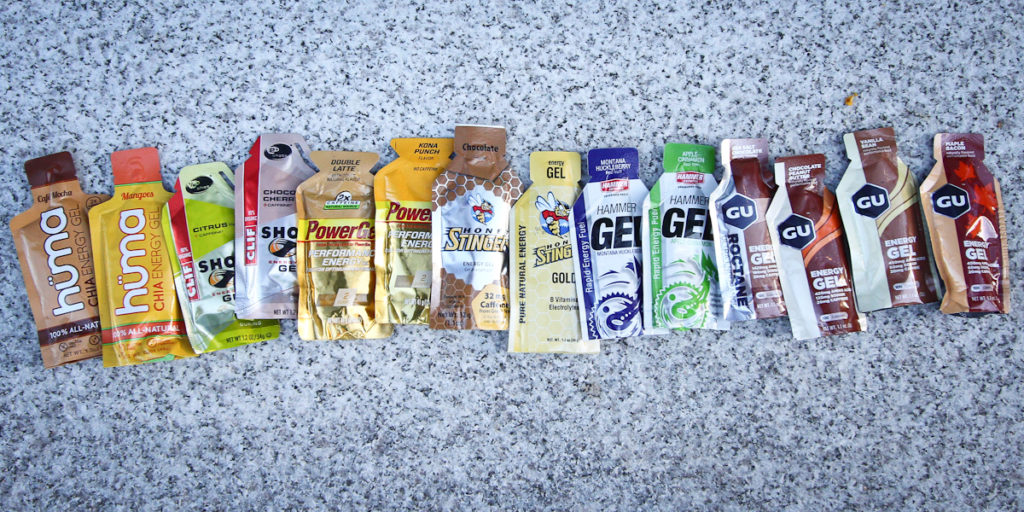Training for your first marathon likely also means training with energy gels for the first time. While gels provide a convenient way to fuel during long runs and marathons, they can also be challenging for some runners to tolerate, leading to gastrointestinal (GI) distress. With the right approach and strategies, you can use gels effectively to boost your performance while minimizing any discomfort. We spoke with runner and dietitian Megan Kuikman (who writes our “Fuel Station” column in the print magazine), who gave her advice on incorporating gels into your training routine for the first time, without the tummy trouble.

Why are gels necessary, you ask? The muscles only have a limited amount of glycogen (stored carbohydrate)–about an hour’s worth. If you’ve ever “hit the wall” during a marathon, or even just felt faint during a long run (due to lack of fuel), you’re familiar with the concept. (When you’re running slowly, the body draws on fat stores for fuel, but at faster paces, it requires us to top up our glycogen with quick fuel like gels, chews or sports drinks.)
Start early
Just like you train your muscles for race day, you also need to train your gut. By starting early, you give yourself ample time to determine the best fuelling strategy for you. “This increases the body’s ability to absorb carbohydrates and helps runners create a race-day nutrition plan, so they can go into their first marathon with confidence,” says Kuikman.

Frequency of training
As a novice gel user, it’s important to introduce gels gradually. Kuikman says runners should aim to include them at least once a week, during their weekend long run. This regular practice will help you get used to to using gels and to better understand your body’s tolerance for different products.
Timing and quantity
Long runs serve as an excellent opportunity to practise using gels and to fine-tune your race-day nutrition plan. Treat these runs as dress rehearsals, experimenting with different gel intake timings and quantities. Start with taking one gel at a time, and after two or three weeks of success, you could try increasing your intake; this will help you determine the optimal amount of gels your body can tolerate without causing GI distress. “For instance, a runner could start practicing with a gel every 45 minutes,” says Kuikman. “If this is well tolerated, the next week the runner could practise with 1 gel every 30 minutes, and progress to determine the maximum amount that can be tolerated.”
For runs lasting between one and two-and-a-half hours, beginners should aim to consume 30-60 grams of carbohydrate per hour. For longer runs, up to 90 grams of carbohydrate per hour can be consumed. Most gels contain only around 20 grams of carbohydrate per gel, so adjust your intake accordingly.
Manage GI distress
If you’ve experienced difficulty tolerating gels in the past, Kuikman’s main advice is to practise. “Start with small amounts, and gradually build up to determine your tolerance,” she says.
Kuikman also recommends runners start fuelling as soon as the race begins, since gut issues can be aggravated by dehydration, so you’re more likely to experience GI issues if you delay fuelling until you’ve already been running for an hour or more. Carbohydrate products with a glucose-to-fructose ratio of 2:1 also tend to be easier on the digestive system. Most gels have been formulated in this way, but it doesn’t hurt to check.
Start fuelling before the race
To optimize your fuelling strategy, Kuikman encourages runners not to rely solely on gels. Start with a carbohydrate-rich breakfast two or three hours before your race, so you’re starting in a well-fuelled state, and practise your pre-race meal and fuelling strategies during training to fine-tune your nutrition plan. “Don’t be scared to fuel,” she says. “If a runner wants to run their fastest, then the more fuel the better, to prevent the dreaded bonk.”

